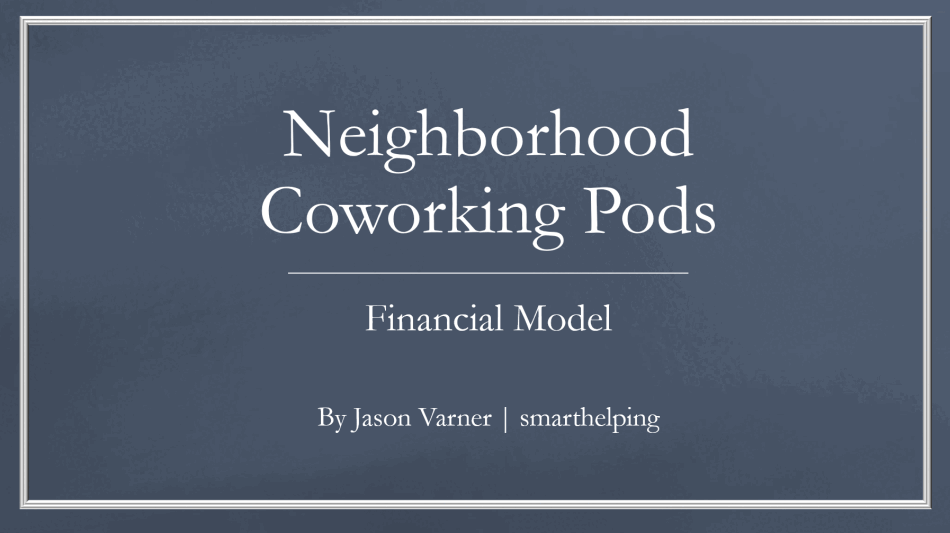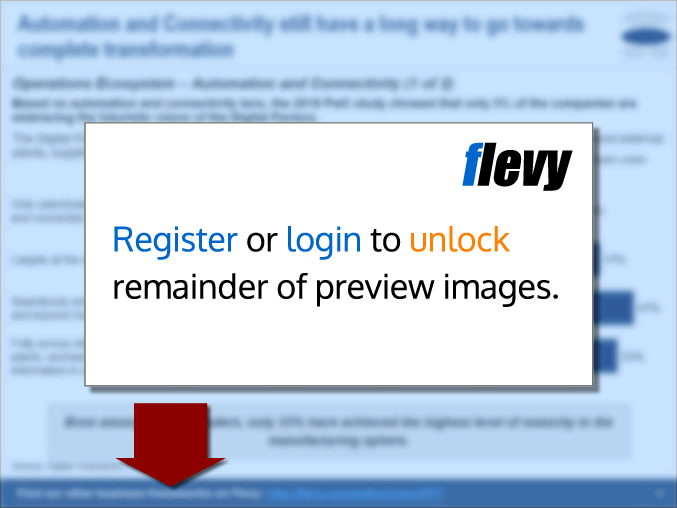Subscription Workspace Financial Model (Excel XLSX)
Excel (XLSX)
VIDEO DEMO
BENEFITS OF THIS EXCEL DOCUMENT
- The template delivers investor-ready outputs with detailed JV waterfalls, debt schedules, and visual dashboards, enabling CFOs and operators to make confident, data-driven expansion and funding decisions.
- It allows users to test multiple growth, pricing, and financing scenarios--showing how utilization rates, elasticity, and rollout speed impact IRR, cash flow, and exit valuation.
- This model provides a complete 10-year financial forecast that integrates recurring membership revenue with real estate investment, giving clear insight into profitability, cash requirements, and long-term returns.
REAL ESTATE EXCEL DESCRIPTION
This financial model is built to help you evaluate, plan, and scale a coworking pod business that merges real estate investment with recurring subscription revenue. It gives you a clear, data-driven view of how capital deployment, membership growth, and utilization dynamics translate into profitability, cash requirements, and long-term enterprise value.
From a CFO's standpoint, the model functions as both a forecasting and decision-support tool. It projects up to 10 years of monthly and annual performance across as many as 60 locations, each with its own financing terms, operating costs, and utilization patterns. You can toggle between aggressive or conservative rollout strategies, test assumptions on pricing elasticity, and immediately see how those changes affect IRR, DCF value, and cash runway.
For an operator, it provides visibility into site-level and portfolio performance, tracking recurring membership revenue, ancillary income, and direct operating costs. The model's utilization framework reflects the unique economics of subscription access—where utilization can exceed 100%—allowing you to model realistic revenue scaling that traditional office metrics can't capture.
For the finance team, it includes detailed JV waterfall structures, loan amortization schedules, and cap-rate or multiple-based exit valuations, ensuring alignment between investor return expectations and operating realities. Cash flow forecasts clearly show when additional funding is needed, while sensitivity analysis helps quantify risks around slower occupancy, cost inflation, or pricing pressure.
In short, this template gives you a board-ready, investor-grade view of how the business performs under different growth and financing conditions—turning complex operational data into clear financial outcomes so you can confidently plan capital, pace expansion, and communicate the story to partners and investors.
I've included a cash flow planner for inputting cash in-flows and out-flows as it relates to investors, how that impacts cash position, and that flows through to the IRR hurdle waterfall scenario that looks at monthly cash flows. I've also included 3 annual-only views connected to three distribution frameworks that all work differently. This lets you look at potential deals from different perspectives.
Got a question about the product? Email us at support@flevy.com or ask the author directly by using the "Ask the Author a Question" form. If you cannot view the preview above this document description, go here to view the large preview instead.
Source: Best Practices in Real Estate, Subscription, Integrated Financial Model Excel: Subscription Workspace Financial Model Excel (XLSX) Spreadsheet, Jason Varner | SmartHelping
This document is available as part of the following discounted bundle(s):
Save %!
Subscription-based Financial Models
This bundle contains 28 total documents. See all the documents to the right.









